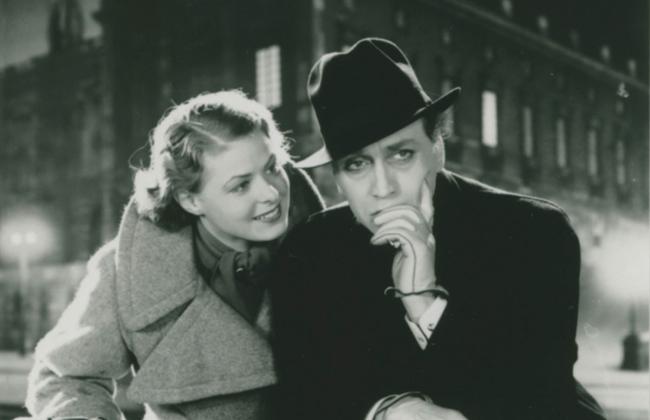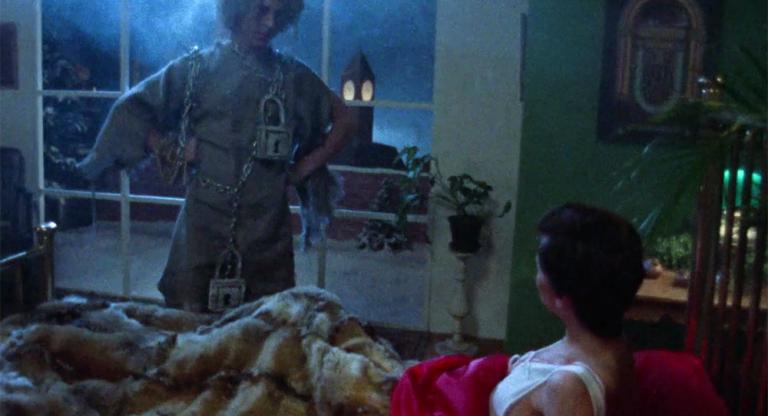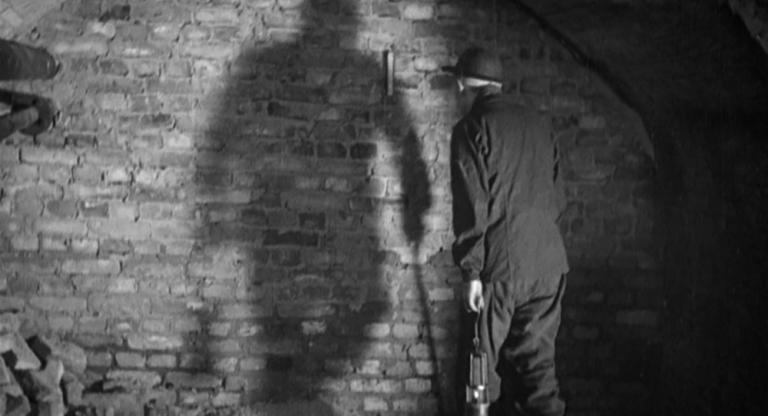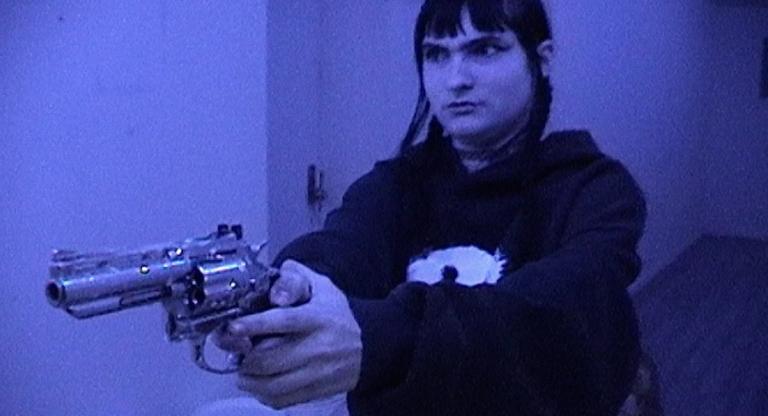Gustaf Molander can’t be credited with discovering Ingrid Bergman, but he may be most responsible for shaping her star image. Across their six films together, she moved from supporting player (Swedenhielms, 1935), to supporting lead (On the Sunny Side, 1936), to top-billed performer (A Woman’s Face, 1938). Bergman’s performance in Intermezzo (1936) persuaded David O. Selznick, fresh off the production of Gone With the Wind (1939), to place her under contract for a remake of the same name, launching her career in the United States. That film leaves a minor impression, but the original is one of Molander’s finest. Bergman’s introduction in a cutaway shot singles her out for attention—one senses a director placing all of his resources in the curation of a star. “I found working with Gustaf wonderful,” Bergman wrote in her autobiography, My Life. “He had this marvelous facility for light comedy but there was always a serious thread underneath, something which gave it a basic reality in the same way that Chaplin’s comedy had a basic reality of documentary fact.”
Molander’s career bridges the gap between the high point of Swedish cinema in the ‘20s and its art-house dominance in the ‘50s almost singularly through the work of Ingmar Bergman and, to a lesser extent, Alf Sjöberg. He apprenticed under Mauritz Stiller, the Finnish-born master of silent cinema who, among other things, helped turn Greta Garbo into a star. Like most great directors from the era, he was equally deft at many kinds of films, comedies and dramas alike. Today, Molander is remembered primarily for his association with Bergman, though one should not overlook the number of celebrities who came under his direction. Among them was Gösta Ekman, a major star of the Swedish stage and the romantic lead of Intermezzo, who was also the father of Hasse Ekman, the most popular filmmaker domestically within Sweden in the ‘40s and ‘50s. (Hasse appears in Intermezzo in a bit role as Alf, the son of the violinist.) Molander’s direction of the film, tender and romantic, is strong enough that the director of its remake repeats many of the scenes shot for shot. Many of the great Swedish directors in the first half of the century share a certain lyrical quality, and Molander is no exception. The scene on the bridge between Bergman and the elder Ekman, gradually cutting between them and the ice floating in the stream at night, may be the greatest in his career.
Intermezzo screens Sunday, July 13, at BAMPFA.



